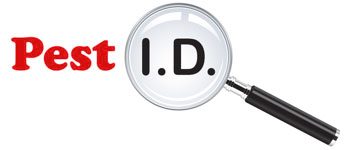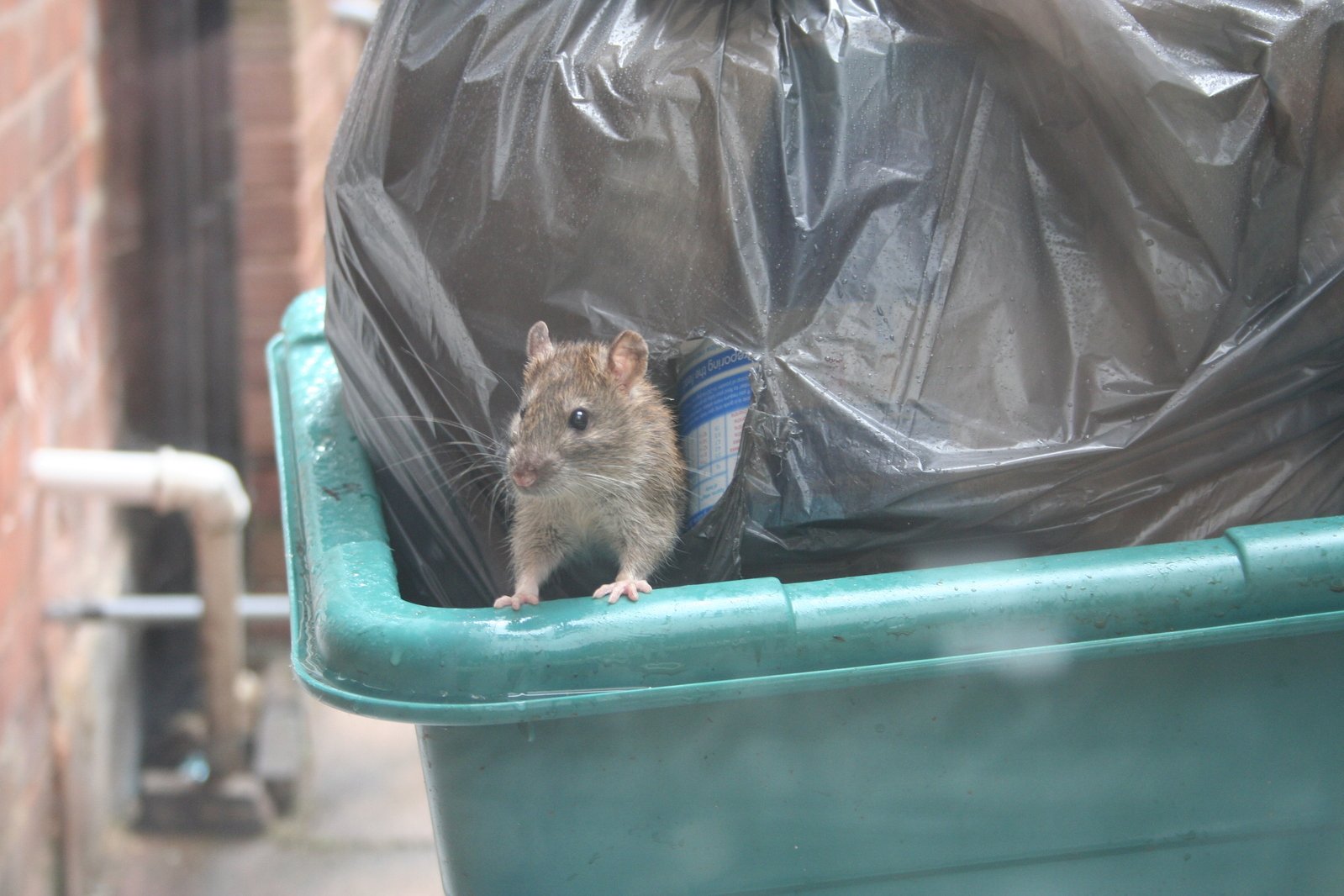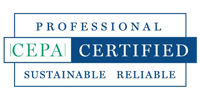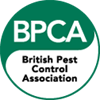Rat infestations are a common problem in many cities and can pose significant health and safety risks to humans. While many people believe that most rat infestations start at the sewers, the reality is more complex. In this article, we explore the various factors that contribute to rat infestations and whether or not the sewers are the primary source of these infestations.
Rats Are Often in Sewers, But Do All Infestations Start There?
One of the primary reasons that people associate rat infestations with the sewers is that rats are often found in the sewers and can use them to travel from one location to another. However, it is important to note that not all rat infestations start in the sewers. In fact, many rat infestations begin in other areas.
Another factor that contributes to the belief that most rat infestations start at the sewers is the idea that the sewers provide a perfect environment for rats. This is because the sewers offer a moist and humid environment, as well as a food source in the form of insects and other invertebrates – all of which are ideal for rats. However, while the sewers can provide an ideal environment for rats, they are not the only source of food and shelter for rats, and many rat infestations start in other areas.
Where Else Do Rat Infestations Start?
One of the key factors that contributes to rat infestations is the availability of food. When food sources are abundant, rats are more likely to thrive and reproduce, leading to increased populations. This can happen in many different locations, including homes, parks, and fields, not just the sewers.
What Factors Create an Ideal Location for Rats?
Shelter is of huge importance to rats, and a location which provides a sheltered environment is quite often enough for a rat infestation to begin. Rats are opportunistic pests that will take advantage of any available harbourage where they feel safe, including homes, attics, garages, and sheds – specifically where decking, undershed or wood piles can be found. If there is a source of food and shelter, rats will take advantage of it, regardless of whether or not it is near a sewer.
It is also important to note that many rat infestations are the result of human activity. For example, people who store food improperly or who leave waste out in the open can attract rats and contribute to infestations. Additionally, the construction of buildings and other structures can create new habitats for rats, providing them with shelter and food sources.
Summary
While the sewers can provide an ideal environment for rats and can contribute to rat infestations, they are not the primary source of most rat infestations. The availability of food and shelter, as well as human activity, are also important factors that contribute to rat infestations. To prevent rat problems, it is important to take measures to eliminate food and shelter sources, store food properly, and take steps to reduce the attraction of rats to populated areas.
If you need your property rat-proofed, or if the problem has gone beyond prevention, get in touch with our expert team for all pest control solutions today!








